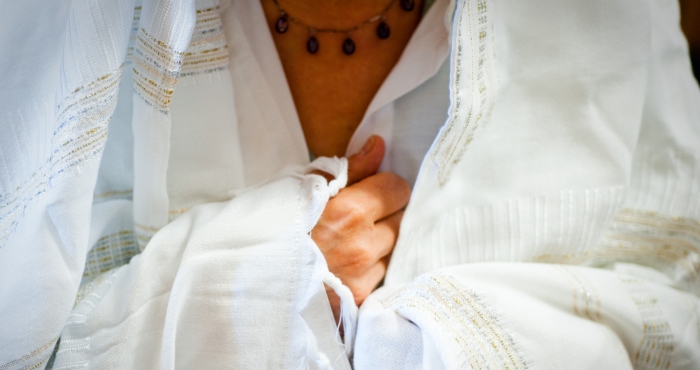
Yom Kippur, the Day of Atonement, falls ten days after Rosh Hashanah. When the Temple stood in Jerusalem, the High Priest effected atonement for the entire people through an elaborate ritual. Today, in the absence of the Temple, each of us stands, alone, together, naked as it were, before God. Yom Kippur is the dramatic culmination of the entire season of teshuvah, repentance. On Yom Kippur, Jews abstain from eating, drinking, bathing, sexual relations, and the wearing of leather (a sign of luxury) for 25 hours. Jews dress in white and traditionally spend most of the day in synagogue.
Adding meaning to Yom Kippur with supplemental readings
A Yizkor to remember the brave Righteous Gentiles who rescued Jews from the Holocaust
“For the unfulfilled innate vow / to be ourselves…”
Yizkor service remembering victims of sexual assault
A new Kol Nidrei prayer to help us forgive and transcend self-righteousness
A reminder to place yourselves on the path of holiness, joy, and truth
A prayer and poem asking to return us to ourselves and our source
Recognizing that those who are aged, infirm, or diagnosed with serious illness may have a different relationship to the Unetaneh Tokef prayer
Deepening the experience of saying Yizkor with a physical reminder of departed loved ones
A meditation on the purity of our souls and the search to be at-one with our truest selves
Join us for a special event with the acclaimed writer to learn, write and ask your questions.
Great for devoted readers, seasoned writers and those interested in storytelling!
Subscribe for the latest rituals, online learning opportunities, and unique Judaica finds from our store.